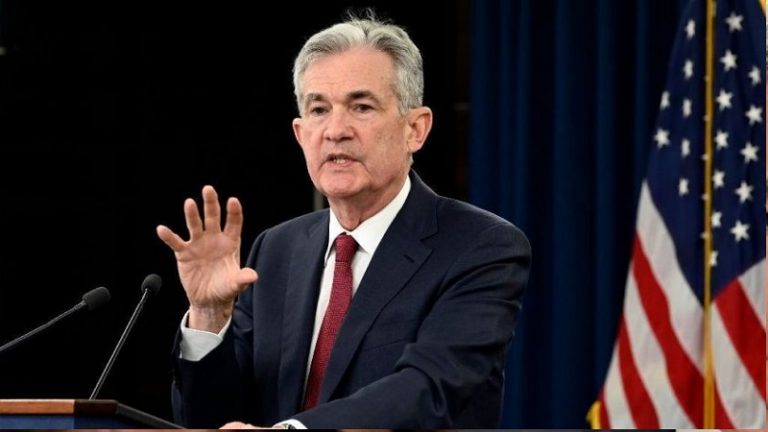
The Federal Reserve’s recent decision to keep interest rates near zero and continue its bond-buying program has significant implications for the US economy and the world.We will examine how the Fed’s policy is expected to boost consumer spending, business investment, and housing activity, as well as support global growth and trade.
Consumer spending is the largest component of the US gross domestic product (GDP), accounting for about 70% of the total. The Fed’s policy lowers the cost of borrowing for consumers, making it easier for them to finance purchases of goods and services, such as cars, appliances, vacations, and education. Lower interest rates also increase the disposable income of consumers, as they pay less on their mortgages, credit cards, and other debts.
This boosts their confidence and willingness to spend. Moreover, the Fed’s policy stimulates the stock market and the housing market, which increases the wealth of consumers and encourages them to spend more.
Register for Tekedia Mini-MBA edition 19 (Feb 9 – May 2, 2026): big discounts for early bird.
Tekedia AI in Business Masterclass opens registrations.
Join Tekedia Capital Syndicate and co-invest in great global startups.
Register for Tekedia AI Lab: From Technical Design to Deployment (next edition begins Jan 24 2026).
Business investment is another key driver of the US economy, contributing about 15% of the GDP. The Fed’s policy lowers the cost of capital for businesses, making it more attractive for them to invest in new equipment, machinery, software, research and development, and expansion. Lower interest rates also improve the cash flow of businesses, as they pay less on their loans and bonds. This enhances their profitability and ability to invest.
Furthermore, the Fed’s policy supports the demand for US goods and services from domestic and foreign consumers, which increases the sales and revenues of businesses and motivates them to invest more.
Housing activity is a vital sector of the US economy, representing about 15% of the GDP. The Fed’s policy lowers the mortgage rates for homebuyers, making it more affordable for them to purchase new or existing homes. Lower mortgage rates also increase the refinancing activity of homeowners, allowing them to lower their monthly payments or take out cash from their home equity.
This frees up more money for them to spend or save. Additionally, the Fed’s policy boosts the home prices and construction activity, which creates jobs and income for workers and contractors in the housing industry.
The Fed’s policy also has positive spillover effects on the global economy and trade. By stimulating the US economy, the Fed’s policy increases the demand for imports from other countries, especially those that are major trading partners with the US.
This helps their economies grow and recover from the pandemic-induced recession. By keeping the US dollar low relative to other currencies, the Fed’s policy makes US exports more competitive in foreign markets, which boosts US manufacturers and farmers.
Moreover, by providing liquidity and stability to the global financial system, the Fed’s policy reduces the risks of financial crises and contagion in emerging markets and developing countries.
In conclusion, the Fed’s policy is expected to boost consumer spending, business investment, and housing activity in the US economy, as well as support global growth and trade. The Fed’s policy is intended to achieve its dual mandate of maximum employment and price stability in the long run. However, there are also potential challenges and risks associated with the Fed’s policy, such as inflationary pressures, asset bubbles, fiscal imbalances, and geopolitical tensions.



